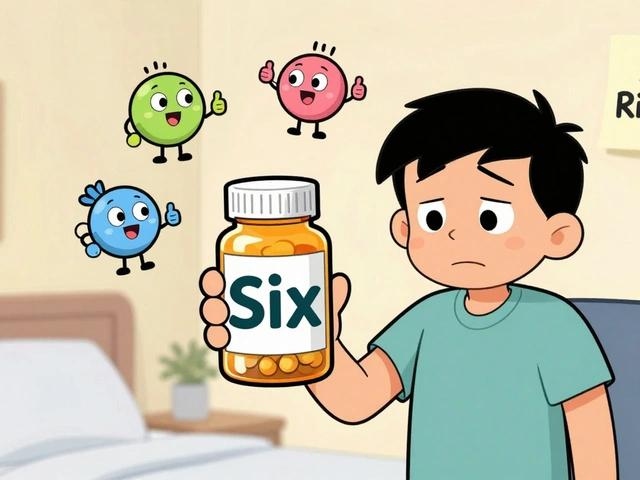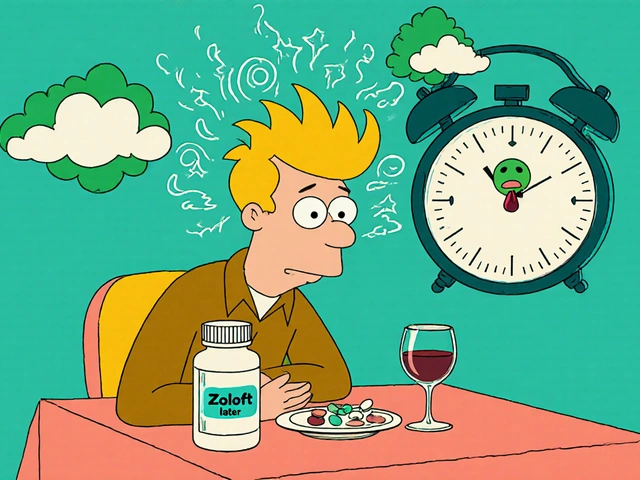Infusion Therapy: The Basics You Need to Know
If you’ve ever heard doctors mention "infusion" or "IV treatment" and wondered what’s really going on, you’re not alone. Infusion therapy is simply the delivery of medication directly into your bloodstream through a needle or catheter. Because the drug bypasses the stomach, it works faster and can be more effective for certain conditions.
Think of it like pouring water straight into a glass instead of waiting for it to travel down a long pipe. That direct route is why doctors use infusion for things like antibiotics, chemotherapy, biologics for autoimmune diseases, and even vitamins when oral options aren’t enough.
When Do People Need Infusion Therapy?
Not every illness calls for an IV drip. Most common reasons include:
- Severe infections that need high‑dose antibiotics quickly.
- Cancer treatments such as chemo or targeted therapies that can’t survive the digestive tract.
- Autoimmune disorders like rheumatoid arthritis where biologic drugs are given by infusion.
- Nutrient deficiencies when oral supplements aren’t absorbed well.
- Pain management for chronic conditions that respond to IV analgesics.
If your doctor suggests an infusion, they’ll explain why it’s the best route for you. Often it’s about getting a steady level of medicine in your blood without frequent dosing.
What to Expect During an Infusion Session
The process is usually straightforward. First, a nurse will clean the skin and insert a small needle or place a catheter in a vein—usually in your arm. Once it’s secure, they connect the line to a bag or pump that holds the medication.
Most infusions take anywhere from 30 minutes to several hours, depending on the drug. You can read, watch TV, or even work on a laptop while you wait. The nurse will monitor your vitals and look for any reactions, which are rare but possible.
After the drip finishes, the line is removed and a tiny bandage covers the spot. Some people feel a little bruising or soreness; that’s normal and fades in a day or two. Your doctor may schedule follow‑up appointments to check how well the treatment worked.
If you’re nervous about needles, remember that most patients describe the sensation as just a mild pinch. The real key is staying hydrated before the appointment and letting the staff know if you have any allergies or previous reactions.
In short, infusion therapy is a convenient way to get powerful medicines where they need to go—right into your bloodstream. It’s used for everything from serious infections to chronic disease management, and the experience is usually quick and low‑stress.
Got more questions? Check out the related articles on our site—they dive deeper into specific drugs, safety tips, and how to choose a reliable infusion center.




